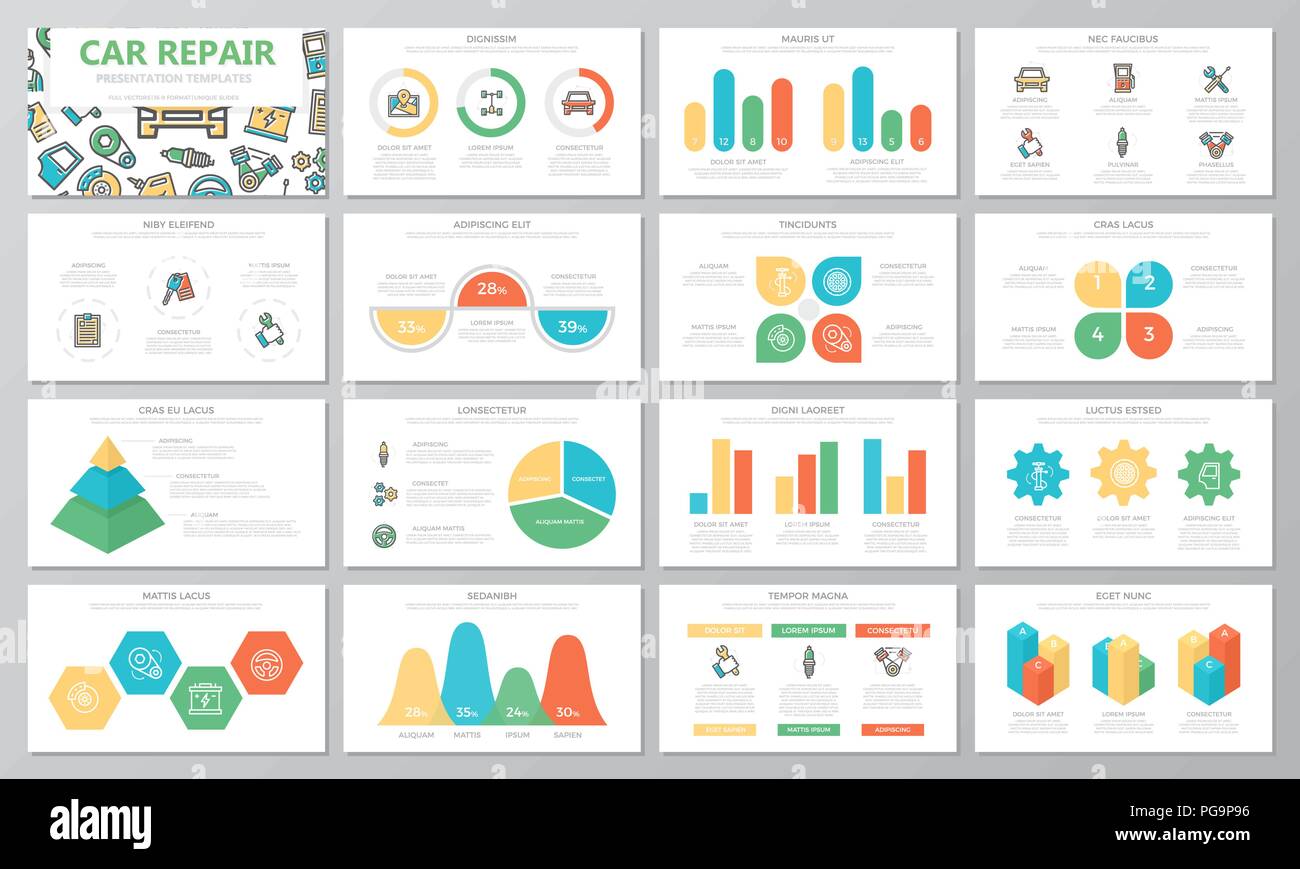Evaluating Your Auto'S Caution Indicators: What They Truly Communicate
Evaluating Your Auto'S Caution Indicators: What They Truly Communicate
Blog Article
Short Article Created By-Hartley Winters
When you lag the wheel, those glowing caution lights on your dashboard can be a little bit perplexing. Do you know what they're attempting to tell you about your car's health and wellness? Recognizing the importance of these lights is crucial for your security and the durability of your automobile. So, the next time among those lights pops up, wouldn't you intend to decipher its message precisely and take the essential steps to resolve it?
Common Caution Lights and Interpretations
Determine usual warning lights in your automobile and recognize their definitions to guarantee secure driving.
The most typical caution lights include the check engine light, which indicates issues with the engine or exhausts system. If this light comes on, it's essential to have your lorry examined promptly.
The oil pressure warning light suggests low oil pressure, needing immediate attention to avoid engine damage.
A flashing battery light could suggest a damaged billing system, possibly leaving you stranded if not addressed.
The tire stress tracking system (TPMS) light notifies you to reduced tire stress, affecting car stability and gas performance. Disregarding this can cause unsafe driving conditions.
The abdominal muscle light indicates a trouble with the anti-lock stopping system, endangering your ability to quit quickly in emergency situations.
Lastly, the coolant temperature advising light warns of engine overheating, which can result in serious damage if not dealt with promptly.
Comprehending these typical caution lights will help you deal with issues promptly and preserve secure driving conditions.
Significance of Prompt Attention
Comprehending the typical caution lights in your cars and truck is only the initial step; the importance of without delay dealing with these warnings can't be highlighted enough to guarantee your security when driving.
When a caution light illuminates on your control panel, it's your cars and truck's means of communicating a potential issue that requires focus. Neglecting these warnings can lead to much more extreme issues in the future, compromising your safety and security and possibly costing you more out of commission.
Prompt focus to alerting lights can protect against breakdowns and accidents. For example, a flashing check engine light can indicate a misfire that, if left unattended, can cause damage to the catalytic converter. Resolving this without delay can conserve you from a costly repair work.
Likewise, https://collinypgwn.blogthisbiz.com/37512457/how-to-detail-a-vehicle-in-under-an-hour-a-newbie-s-quick-guide advising light may signal low brake liquid or used brake pads, critical components for your safety and security when driving.
DIY Troubleshooting Tips
If you see a warning light on your dashboard, there are a few do it yourself repairing ideas you can attempt prior to seeking professional help.
The initial step is to consult your auto's handbook to understand what the certain caution light indicates. Occasionally the problem can be as easy as a loose gas cap setting off the check engine light. Tightening up the gas cap might settle the trouble.
An additional usual issue is a reduced battery, which can cause different cautioning lights. Examining the battery connections for corrosion and ensuring they're protected could repair the problem.
If a warning light persists, you can try resetting it by separating the vehicle's battery for a couple of mins and after that reconnecting it. Furthermore, examining your vehicle's fluid levels, such as oil, coolant, and brake fluid, can aid repair alerting lights related to these systems.
Verdict
In conclusion, understanding your vehicle's warning lights is crucial for maintaining your automobile running smoothly and securely. By immediately dealing with these signals and understanding what they suggest, you can stay clear of pricey repair services and prospective malfunctions.
Keep in mind to consult your automobile's manual for particular details on each warning light and do something about it as necessary to make sure a hassle-free driving experience.
Read the Full Guide notified, remain safe on the road!
